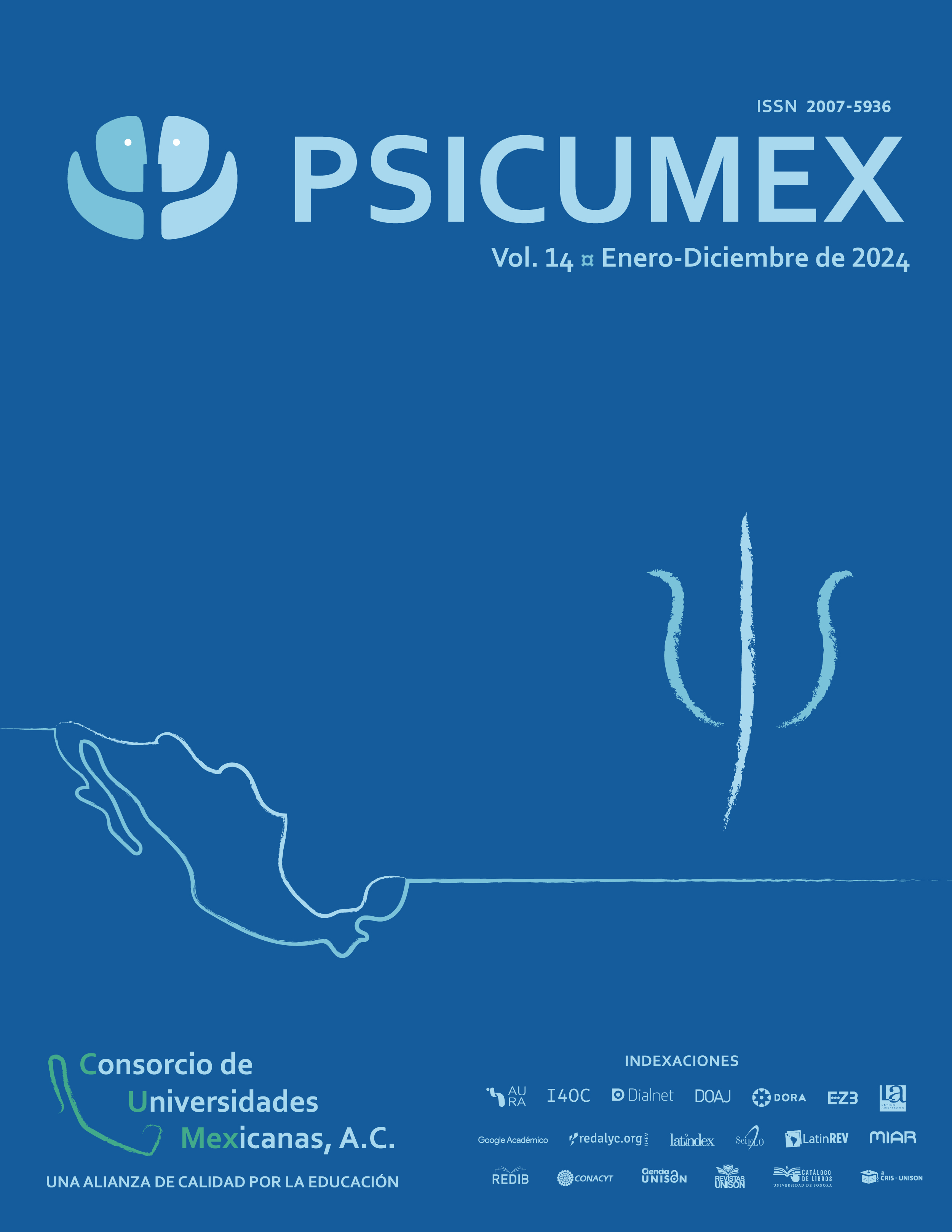Abstract
This study examines the key criteria for evaluating résumés in the hiring processes within the software and data science sectors in Mexico. The main objective was to identify the most valued characteristics according to hiring professionals. The research employed a qualitative methodology based on semi-structured interviews conducted with nine professionals experienced in recruitment in these fields. Through manual transcription and coding of the interviews, the study revealed preferences and expectations regarding résumé attributes, highlighting the importance of communication skills, work experience, and technical knowledge relevant to the role. The analysis also identified common cognitive biases that influence candidate evaluations, such as confirmation bias and the halo effect. Additionally, the study proposes a recommended résumé structure designed to maximize its positive impact in selection processes. The findings emphasize the need for greater standardization in interviews and selection procedures, suggesting improvements through the adoption of taxonomies and systematic evaluations to achieve more objective and effective hiring practices.
References
Ajzen, I. (1996). The Social Psychology of Decision Making. In E. T. Higgins and A. W. Kruglanski (eds.), Social Psychology: Handbook of Basic Principles (pp. 297–325). Guilford Press. https://psycnet.apa.org/record/1996-98402-011
Amazon. (2020). Entrevista en persona. Amazon Jobs. https://www.amazon.jobs/es/landing_pages/in-person-interview
Bratton, J., & Gold, J. (2012). Human Resource Management: Theory and Practice. Palgrave Macmillan. https://n9.cl/odp6t2
Chartered Institute of Personnel and Development. (2022). Resourcing and Talent Planning Report 2022. https://n9.cl/93sde
Fayer, S., Lacey, A., & Watson, A. (2017). STEM Occupations: Past, Present, and Future. Spotlight on Statistics, 1, 1–35. https://n9.cl/6b6cz
Korteling, J. E. (Hans), & Toet, A. (2022). Cognitive Biases. In S. Della Salla (ed.), Encyclopedia of Behavioral Neuroscience, 2nd edition (pp. 610–619). Elsevier. https://doi.org/10.1016/B978-0-12-809324-5.24105-9
Hernández, R., Fernández, C. y Baptista, P. (2014). Recolección y análisis de datos cualitativos. En R. Hérnandez Sampieri., C. F. Collado y P. Baptista (autores), Metodología de la investigación (6.a ed., pp. 406–488). McGraw-Hill. https://dialnet.unirioja.es/servlet/libro?codigo=775008
Khemka, I. (2021). Theoretical Perspectives on Decision Making. In I. Khemka & L. Hickson (eds.), Decision Making by Individuals with Intellectual and Developmental Disabilities (pp. 117–145). Springer International Publishing. https://doi.org/10.1007/978-3-030-74675-9_6
Linos, E., & Reinhard, J. (2015). A Head of Hiring: The Behavioural Science of Recruitment and Selection. CIPD. https://n9.cl/xvd3v
Pitz, G. F., & Sachs, N. J. (1984). Judgment and Decision: Theory and Application. Annual Review of Psychology, 35(1), 139–164. https://doi.org/10.1146/annurev.ps.35.020184.001035
Quinn, M. (2014). Qualitative Research & Evaluation Methods (4th ed.). Sage Publications. https://us.sagepub.com/en-us/nam/qualitative-research-evaluation-methods/book232962
Stack Overflow, Risdal, M., & Yepis, E. (2023). Stack Overflow 2023 Developer Survey. https://www.kaggle.com/datasets/stackoverflow/stack-overflow-2023-developers-survey
Takemura, K. (2021). Behavioral Decision Theories that Explain Decision-Making Processes. In K. Takemura (ed.), Behavioral Decision Theory (pp. 175–191). Springer. https://doi.org/10.1007/978-981-16-5453-4_13
U.S. Bureau of Labor Statistics. (2022). Occupational Employment and Wage Statistics. https://www.bls.gov/oes/2022/may/stem_2022.xlsx
Vieira Campos, M. T., & de Oliveira, E. T. (2009). From Normative to Tacit Knowledge: CVs Analysis in Personnel Selection. Employee Relations, 31(4), 427–447. https://doi.org/10.1108/01425450910965469
Vilela, M. J., & Oluyemi, G. F. (2022). Value of Information and Flexibility. Springer International Publishing. https://doi.org/10.1007/978-3-030-86989-2
Zide, J., Elman, B., & Shahani-Denning, C. (2014). LinkedIn and Recruitment: How Profiles Differ Across Occupations. Employee Relations, 36(5), 583–604. https://doi.org/https://doi.org/10.1108/ER-07-2013-0086

This work is licensed under a Creative Commons Attribution-NonCommercial-NoDerivatives 4.0 International License.
Copyright (c) 2025

